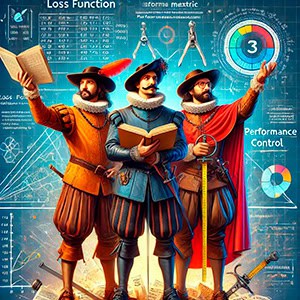
The doctor who diagnosed vampires
The post analyzes the problem of class imbalance in biomedical models and how overall accuracy can become useless when the minority class is the clinically relevant one. It explains which evaluation metrics are most appropriate and outlines the main strategies to handle imbalance, such as oversampling (SMOTE, ADASYN), selective undersampling (Tomek links), and ensemble methods that stabilize performance in low-prevalence scenarios.




